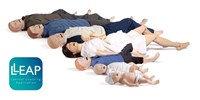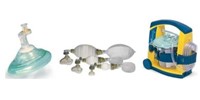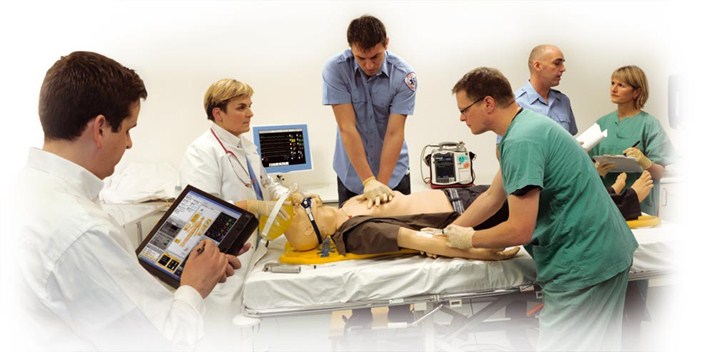Patient Simulation
|
Simulation training is first and foremost about enhancing the learning environment to promote effective quality learning experiences - and getting started is more about identifying learning needs and objectives than it is about obtaining state of the art equipment. Skills trainers and low-fidelity manikins can fulfill one's basic training needs and provide an excellent introduction into the principals of simulation based training. However, with sufficient funding and other resources available, more advanced equipment that enables full-scale simulation may be appropriate, either as an evolving process in developing training programs or right from the start. Simulation facilitates a wide range of training activities
Issenberg et al. (2005) reviewed and synthesized existing evidence in educational science that addressed the question, ‘‘what are the features and uses of high-fidelity medical simulations that lead to the most effective learning?’’ Articles that demonstrate effective learning were purposely selected and reviewed and several important features and aspects of medical simulations were identified. The authors concluded that the weight of the best available evidence suggests that high-fidelity medical simulations facilitate learning, when training is conducted under the right conditions. The ‘’right conditions’’ include the following:
|







